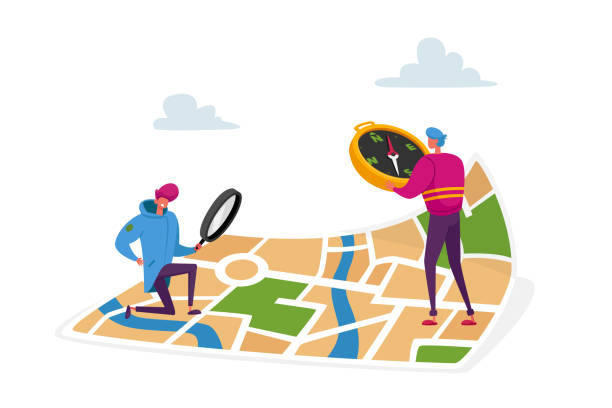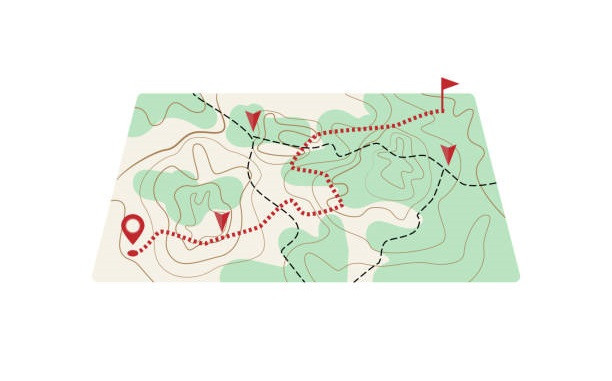Location-based online services have revolutionized the way we interact with the digital world, providing personalized and context-aware experiences. These services utilize a user’s location data to deliver relevant information, recommendations, and tailored services.
The benefits of location-based online services are numerous and can significantly enhance user experiences. One key advantage is the ability to provide targeted and location-specific recommendations.
Whether it’s suggesting nearby restaurants, displaying local events, or offering personalized deals based on a user’s current location, these services ensure that users receive information that is relevant to their immediate surroundings, saving time and effort in searching for relevant options.
These kinds of online services also offer enhanced convenience and efficiency. For example, navigation applications utilize real-time GPS data to provide turn-by-turn directions, helping users reach their destinations quickly and easily.
Similarly, ride-hailing services use location data to match users with nearby drivers, streamlining the process of finding transportation. That’s why, using an API to enhance your services is highly beneficial for several reasons.
Mostly because using an API enables seamless integration with other applications and services. By leveraging APIs, you can combine location-based functionalities with other features, creating a more comprehensive and compelling user experience.

How Can You Use A Distances API To Enhance Location-based Services?
As we told you, integrating APIs into your services enhances their capabilities, providing access to valuable data, and ensuring accuracy. In this particular case, using the services of a distances API, allows you to give precise distances between the start and interest points of a user.
These kinds of services really in you creating highly engaging and relevant experiences for your users. Therefore, you can know precisely the distances that surround different points of interest. And with that, you can provide more precise and interesting regarding everything that may interest your user in its range.
In general, it is a task that requires having tools that can accurately measure distances, and present them in an understandable range. That is why leaving this in the hands of an API is the best decision since you can carry out this task very efficiently and quickly.
Now let’s talk about the API we chose for testing. It’s called The Distance API, and it’s available on the ZylaLabs Hub. We chose it since we found it fast and give reliable answers. Let’s see an example:
Now, by entering latitude and longitude values into the “Get Distance In Miles” endpoint, for example, will provide the following response:
{
"latitudeA": 31.5186,
"longitudeA": 81.8132,
"latitudeB": 30.0522,
"longitudeB": 78.2437,
"distance": 234.84,
"uom": "mi"
}Or you can use the “Get Distance In Kilometres” endpoint, for example, and you will receive the following response:
{
"latitudeA": 30.5279,
"longitudeA": 81.8102,
"latitudeB": 28.0518,
"longitudeB": 1162406,
"distance": 10595.17,
"uom": "km"
}Thus, either of the two endpoints will show you in Kilometers (Km) or Miles (Mi) the distance between the selected points.
How Can You Start Using The Distances API?

- To get started, navigate to The Distances API and click the “START FREE TRIAL” button.
- You will be able to use the API after joining Zyla API Hub!
- Select the API endpoint you need.
- Then, by selecting the “test endpoint” button, you will make an API request; and see the results shown on the screen.
Related Post: Get Location Information From A Number Using A Mobile Phone Validation API

